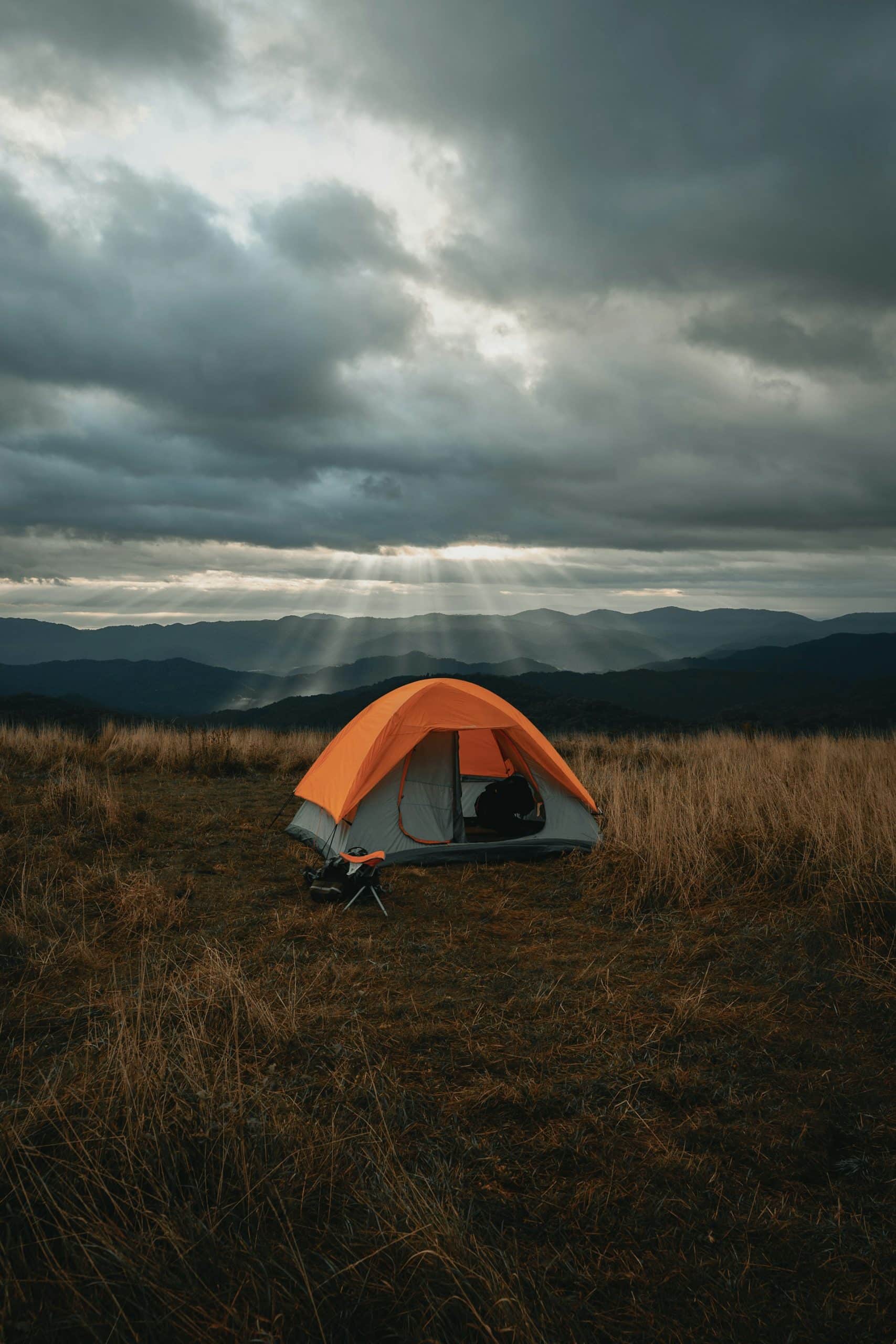How can you access emergency services quickly at remote campsites in the UK?

Camping is a wild and wonderful adventure, a chance to leave the everyday behind and immerse oneself in the beauty of the natural world. Yet, when you pitch your tent or park your camper in some of the UK's most remote camping areas, it's essential to ensure that you are prepared for any emergencies that might arise. Being able to quickly access emergency services may make the difference between a temporary hiccup and a full-blown crisis. Today, we'll explore some of the best practices for doing just that.
1. Use Satellite Technology to Stay Connected
In many remote locations, traditional communication methods such as mobile phone signals are unreliable or non-existent. Satellite technology is a game-changer for campers seeking peace of mind in these isolated areas.
En parallèle : What are the rules and etiquette for sound levels at UK campsites?
Satellite telephones, for instance, provide a direct line to the outside world, no matter how remote your campsite. They work by connecting directly to satellites circling the earth, eliminating the need for ground-based mobile networks. This means you will always have the means to dial emergency services, no matter where you are.
The recent advent of satellite messengers adds another layer of security for remote campers. These compact devices allow you to send SMS messages and emails, track your journey, and even share your real-time location with friends and family back home. Most importantly, they typically have an SOS button which you can use to summon help in an emergency.
Avez-vous vu cela : Can you camp on private land in the UK with the owner's permission?
2. Use Smartphone Apps for Emergency Services Access
Smartphone technology is advancing rapidly, and apps are being developed to help people in emergencies, including campers in remote areas. While you shouldn’t rely solely on your iPhone or Android device due to potential signal issues, they can still play a crucial role in your emergency toolkit.
Apps like Emergency SOS are designed to share your location with emergency services automatically. This function can be incredibly useful if you need to call for help but are unsure of your precise location.
Other apps like BSAC SafeTrx or OS Locate are designed specifically for those exploring the UK's remote wilderness areas. They don't require a phone signal to work and can provide essential location information to aid rescuers in finding you quickly.
3. Equip Yourself with a Bivy or Emergency Shelter
If you find yourself in an emergency situation while camping in a remote location, shelter is an immediate priority. An emergency bivy or shelter can offer a lifesaving layer of protection against the elements, buying valuable time while you wait for help to arrive.
These lightweight and compact shelters reflect up to 90% of your body heat back to you, providing much needed warmth in cold conditions. They can also protect against rain, wind and even snow. Best of all, they can be easily packed into a rucksack or camping kit, ready for use when needed.
4. Know the SOS Signal for Help
Remember that not all emergency situations will allow you to directly contact services. In such situations, knowing how to signal for help is extremely important. The universal SOS signal – three short signals, followed by three long signals, and then three more short signals – is recognised worldwide.
This signal can be flashed with a torch, whistled, or even formed with rocks or logs if you're in daylight. The key is to ensure the signal is visible or audible from a distance. If you're in a group, ensure everyone knows this signal before setting off for any remote camping trip.
5. Educate Yourself on First Aid and Wilderness Survival Techniques
A little knowledge can go a long way when you’re in a bind. Learning basic first aid skills and wilderness survival techniques can help you handle emergencies more effectively until help arrives.
Courses are available across the UK, offering training on everything from setting up an emergency shelter, starting a fire in wet conditions, finding and purifying water, to dealing with common injuries and illnesses in the wild.
Remember, emergency services are there to help, but they might not be able to reach you immediately in remote areas. Your capacity to respond effectively in the meantime could be the difference between a manageable situation and a serious predicament.
Ultimately, the key to safe and enjoyable camping in remote locations is preparation. Know your equipment, understand the risks, and don't venture into the wild without a plan.
6. Understand the Restrictions and Rules of Wild Camping
Before heading out to the wild, it is imperative to familiarise yourself with the rules and restrictions related to wild camping in the UK. In Scotland, the Outdoor Access Code allows for wild camping in most unenclosed areas, with the understanding that campers will "leave no trace" of their stay. However, in other parts of the UK including England, Wales, and Northern Ireland, wild camping is mostly illegal without permission from the landowner.
Many national parks have specific zones where wild camping is allowed, but these areas can also have certain restrictions such as no campfires or a limit on the number of consecutive nights you can stay. Therefore, it's always a good idea to check with the local authority or the management of the national park before you set up camp.
When wild camping, respect for the environment and local communities is paramount. Minimising your impact includes taking all your rubbish with you, avoiding causing damage to plants or wildlife, and keeping noise to a minimum.
Additionally, campers should be aware that certain areas may have restricted cellular coverage. In such situations, a satellite messenger can provide a crucial link to the outside world. Be sure to check the battery life of your device before heading out, and consider carrying a solar charger if you will be in the wild for an extended period.
7. Pack Essential Survival Gear
Packing the right survival gear for your camping trip can make all the difference in an emergency situation. A Sea to Summit bivvy bag, for example, is a lightweight shelter that can protect you from the elements, while still being compact enough to fit in your rucksack.
In addition to a bivy or emergency shelter, a good quality sleeping bag is a must. It should be suitable for the temperatures you expect to encounter and capable of keeping you warm even in wet conditions.
Other essential items include a reliable LED torch with extra batteries, a whistle to signal for help, a compass for navigation, a multi-tool, and a first aid kit.
If you're planning to camp in remote areas, consider investing in a satellite connection device like the Bivy Stick. This device not only allows you to share your location but also has an emergency SOS button for direct contact with emergency response teams.
Conclusion
Camping in the wild can be an exhilarating experience, offering unparalleled opportunities for adventure and solitude. However, safety should always be your top priority. By equipping yourself with the right tools, understanding the rules and restrictions of wild camping, and educating yourself on first aid and survival techniques, you can ensure your camping experience is as safe as it is enjoyable.
Emergency services are there to assist, but in remote areas, immediate help may not always be possible. Therefore, your ability to handle an emergency situation effectively until help arrives can make all the difference. Remember, preparation is key - don't venture into the wild without a solid plan, the right gear, and a healthy respect for the power and unpredictability of nature.
